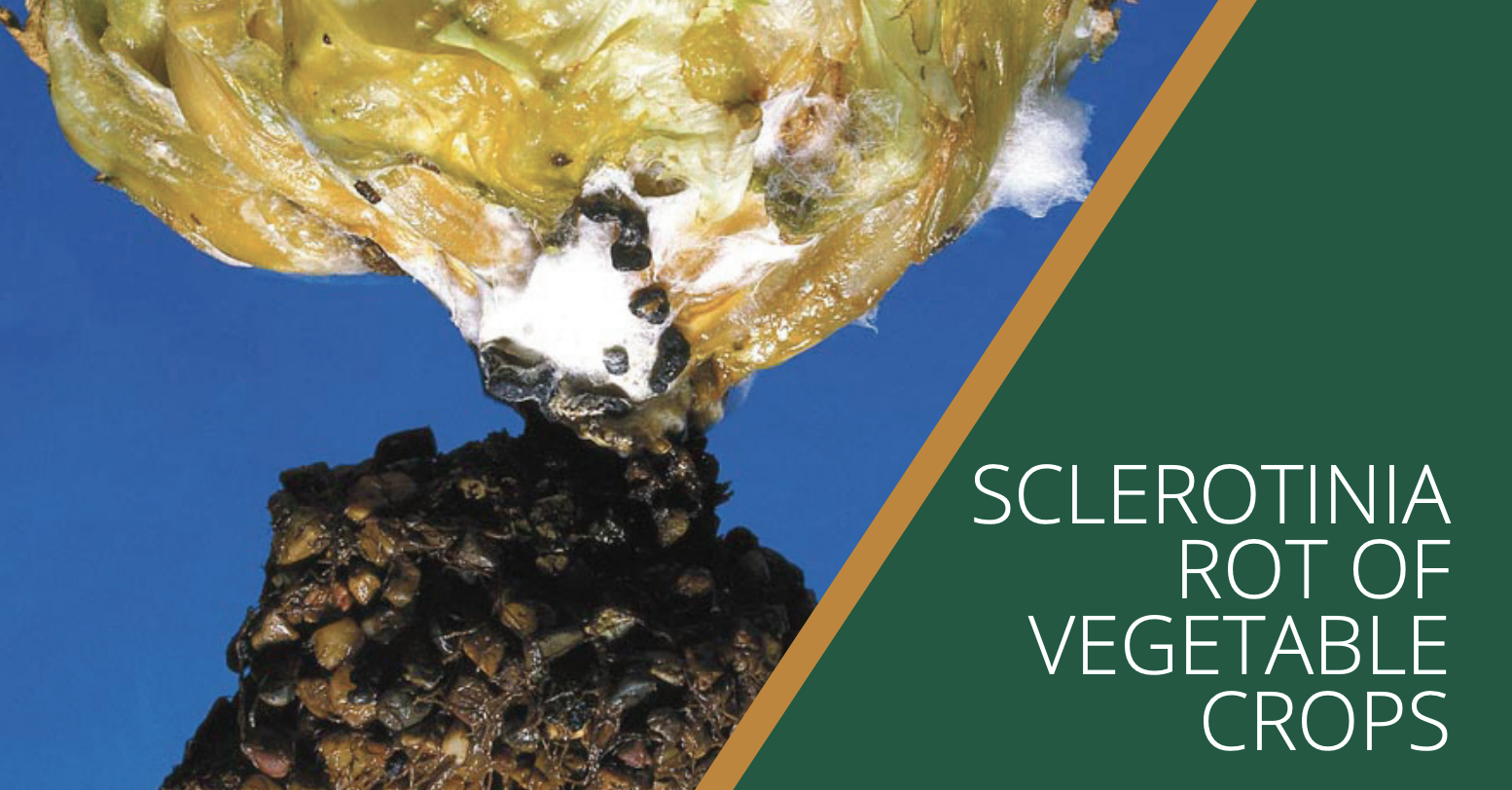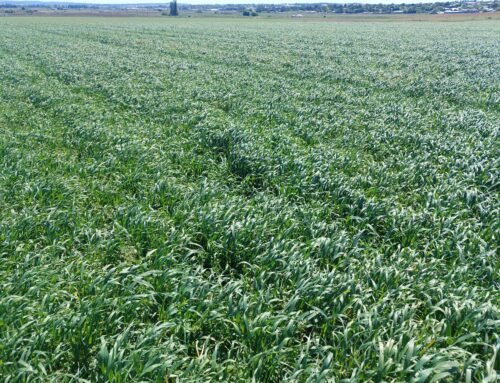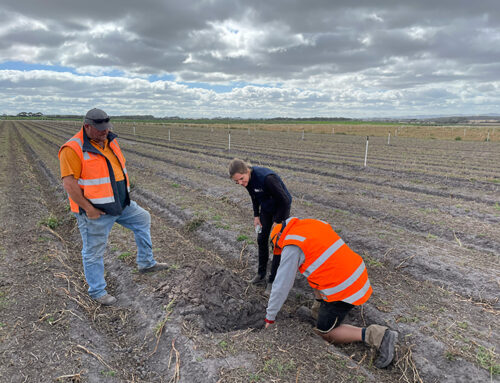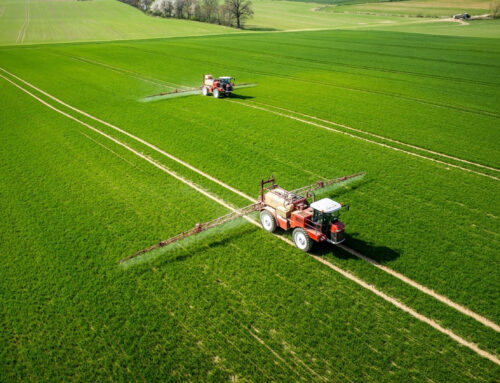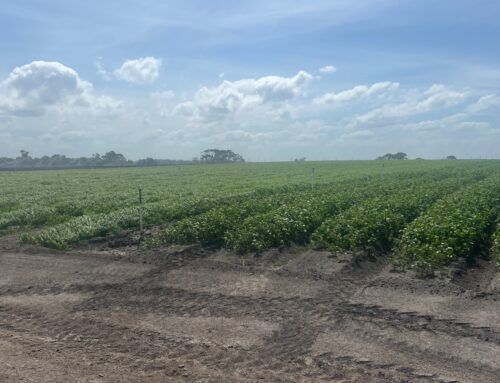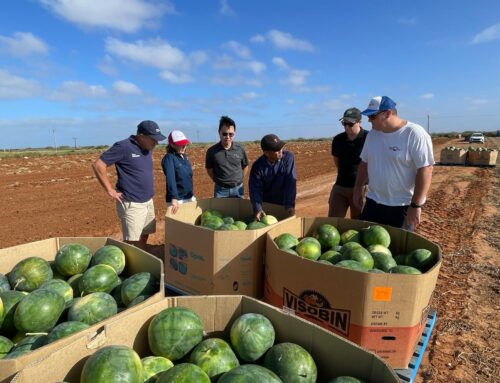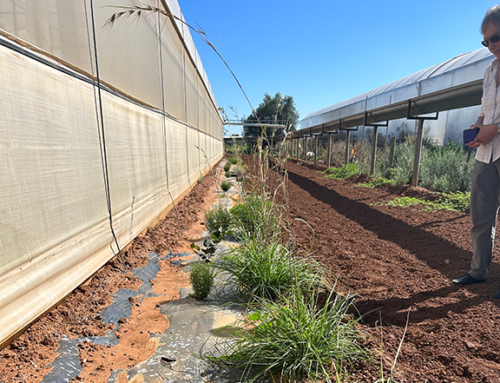Sclerotinia rot is also known as white mould, cottony rot, drop of lettuce and nesting of beans after harvest.
Sclerotinia rot can also cause significant yield losses during cropping and as a post-harvest disease.
This factsheet outlines the disease life cycle and managment options.
It is caused by pathogenic fungi of two species: Sclerotinia sclerotiorum and S. minor. A third species, S. trifoliorum, was thought to only infect legumes (such as peas and beans) but more recent genetic studies suggest it might also infect other botanical hosts.
Overall, these fungal species are an important plant pathogen because of their wide range of hosts – more than 400 different plant species – and they can persist in the soil for many
years.

